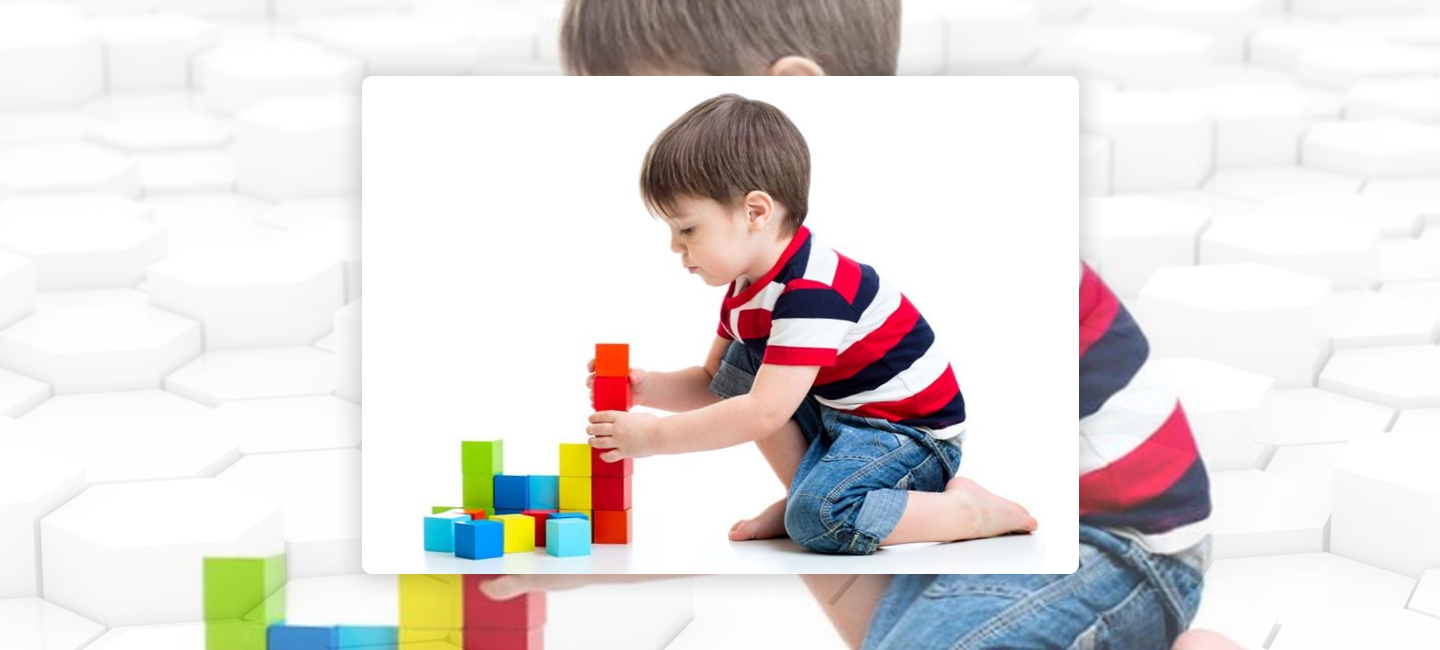
Lessons from my three year old in Resilience
I am reminded daily by my three year old Max, what resilience looks like as I watch him build something only to see it fall, and he says, don’t worry mum, we can build it again! I notice him doing something a bit risky, like riding his bike down a step and as he collects himself off the floor he looks at me and says. Don’t worry mum, I’m ok! When he regularly, accidentally, knocks his drink all over the table, saying it’s ok mum, it’s just an accident, you can clean it up!
One thing he knows, he has our support, our patience, our acceptance and our encouragement to engage in problem-solving to work things out on his own.
Then there are times where he wants more attention, may not feel as supported (when we have to go to work), and when every little bump and fall is like a momentous occasion requiring “teddy ice” and multiple layers of minion band aids, that are to stick everywhere but on himself! Then there are moments of emotional expression “tantrums” and moments of defiance. (No NO NOOO) This is when I have to pull out the big guns, let him have his moment and do nothing, distraction through movement, singing & dancing, silly faces, games and those one on one talks as he “looks me in the eyes” counting 1,2,3.
As adults, we have similar behaviours we are just more accountable for them:
1. High Drama (Workplace Politics & Conflict)
2. Attention Seeking (through gossiping or negative behaviour)
3. Immature Emotional reactions (commonly know as the “dummy spit”)
4. Do nothing (build resentment instead and blame others)
5. One on ones (performance management)
Let’s look at the four key emotions.
1. Anger: When we believe something is unjust or unfair
2. Sadness: When we experience loss of something that matters to us
3. Fear: When we have the perception that something we don’t want to happen to us, will in the future.
5. Happiness: When we get what we are searching for
We can easily trigger all of these emotions and unfortunately, it’s usually easier to trigger negative emotions than the positive, due to our embedded response of fight, flight or freeze, our survival mechanisms.
How can we build resilience?
We need to first recognise the four key factors related to our resilience process:
1. Self-Talk: The messages are we telling ourselves
2. Emotional Self-awareness: The ability to identify feelings; Anger, sadness or fear
3. Our behaviour patterns: Understand your coping mechanism, fight, flight, freeze
4. Physical sensation: The sensation are you feeling in your body.
Here is an example about how this could manifest: Restructure at work
| Self-Talk | Emotional Self-Awareness | Behaviour | Physical Sensation |
| “Am I going to be ok? Will I have a job when this is over? What if I don’t? Should I start looking? When will we know? Know one is telling us anything. Do I have enough to pay the rent / mortgage?” |
Fear Anxiety |
People Pleasing Withdrawing Gossiping Questioning Lack Motivation |
Poor sleep Agitated Racing mind Sensation in chest, stomach or throat. Nausea |
A more resilient approach
| Self-Talk | Emotional Self-Awarenesss | Behaviour | Physical Sensation |
| “I know what is within my control and what is not. I will let go of the struggle and be confident in the fact that I am employable. I am prepared to do what it takes and take action.” | Accept some uncertainty Confidence in ability to act either way. Acceptance of current circumstances Curiosity, questioning own self-talk. “Am I blowing this out of proportion? Do I have a limiting belief around this situation?” |
Acceptance Preparation to act Coaching approach Questioning limiting beliefs and thoughts Collaborative and supportive approach |
Greater self- confidence Reduced anxiety Calmer approach. |
When evaluating your own resiliency ask yourself the following:
1. Do I feel supported, and surround myself with people who will support me?
2. Am I aware of and accepting of both my strength and my weaknesses?
3. How confident do I feel managing conflict or adversity? Must I always win or be right?
4. Am I good in a crisis – do people depend on me in a crisis?
5. Do I look for possibilities or problems when problem-solving?
6. Have I ever been in this situation before? what happened? What can I do differently now?
As you respond to these ask yourself “do I see problems or possibilities?”
Work through each question and discover ways to either embrace what you are doing and do more of it or discover what is not working as well for you and seek support to change it.
So, like Max, ask “how important is it?” then brush it off or rebuild it, take a moment and have your emotions around it, create a new distraction or give yourself a boost, recognise and appreciate those moments of learning and then do something different, something better.
FREE 1 hour Discovery Session
Or
Contact Kelley Wacher TODAY!
0405 523 507| kelley@corporatemagic.com.au
